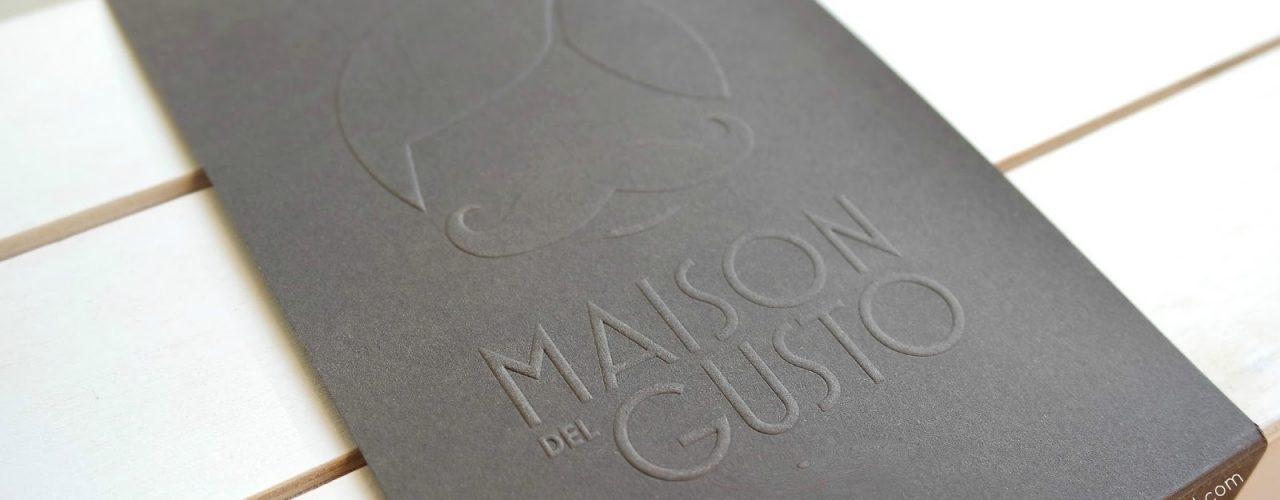“There are many ways to leave your lover but many more ways to cook all the different cuts of beef…and all that even before you’ve paired it with other ingredients to create your amazing dish. One of the secrets to cooking beef perfectly is knowing your cuts and the section of cow that your beef comes from that has a strong impact on its flavor, texture and cooking method.
How many primal cuts are there in a cow?
There are 8 primal meat cuts in a cow: the brisket, shank, rib, chunk, loin, round, flank, and short plate. On their turn, the primal cuts are then broken down into sub-primal cuts, including specific steaks and chops such as flank steak, flat iron steak, filet mignon, rib eye, Tbone, porterhouse, etc.
However, In order to have a better understanding of different cuts of meat you need to understand where in the animal a certain piece of meat comes from.
So, whereabouts in the animal do certain pieces of the animal come from?
An interesting fact is that the rule above applies to all the types of meat we consume, from different mammals and birds. For instance, the chicken breast meat is very tender, much more tender than the legs and thighs that work more. This makes them full of flavor, but tougher.
What are the 8 primal meat cuts?
The Brisket
Traditionally, brisket is slow-roasted in the oven until the meat is falling apart and meltingly tender. However, it is also the most popular cut for making corned beef and pastrami, and can also be turned into mince as the fat prevents it from drying out during cooking.
Shank:
This cut comes from beneath the brisket. Because this area is full of connective tissue, the part is known to be one of the toughest of all 8 cuts and requires a lot of preparation to tenderize. It is typically cut into cross sections called Shank Cross-Cuts which are braised to make flavorful, fork-tender dishes such as OssoBuco. The usual shank cuts are usually cooked for extended periods allowing the meat to tenderize as much as possible.
Rib:
Chuck:
Loin:
The loin is located at the top of the cow, just behind the ribs. The tenderest and most expensive cuts of beef come from the loin and are usually divided into two parts: sirloin and short-loin. the short loin is where we find the most desirable cuts of meat. These include T-bone and porterhouse steaks, as well as the strip loin. The muscles in this part of the cow are not overworked, the meat is quite tender. While sirloin is slightly tougher than short-loin, it is thought to be the more flavorful of the two.
Round:
Flank:
Short plate:
As you can read in the article above, the 8 primal meat cuts have varying levels of flavor, tenderness, and fat. Knowing the various cuts of meat will not only help you choose the best cuts for different cooking methods and meals, but it will also help you reduce the amount of time you spend simply thinking of great recipes you would like to prepare.
This article was written in collaboration with Maison del gusto, a high-end food selector and Monaco’s premiere purveyor of gourmet food. Driven by the desire to offer you the most flavorsome, tender, succulent, and consistent meat– without compromise. Please ask for our catalog and choose your cut among the best beef in the world. You can choose among our Galician beef selection, Australian and the American Black Angus beef, or the Kagoshima or Waygu Japanese beef.









.gif)











